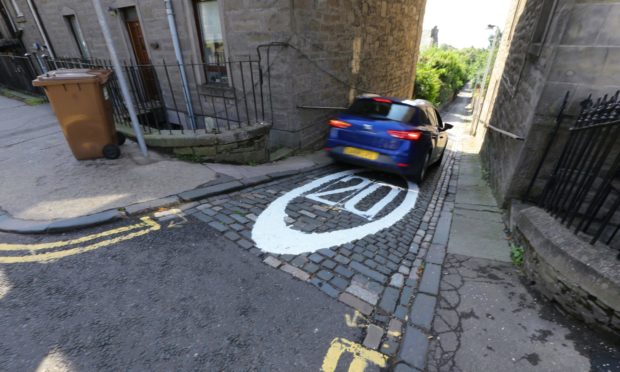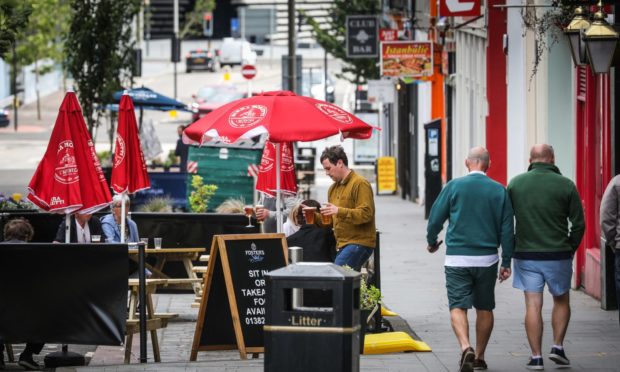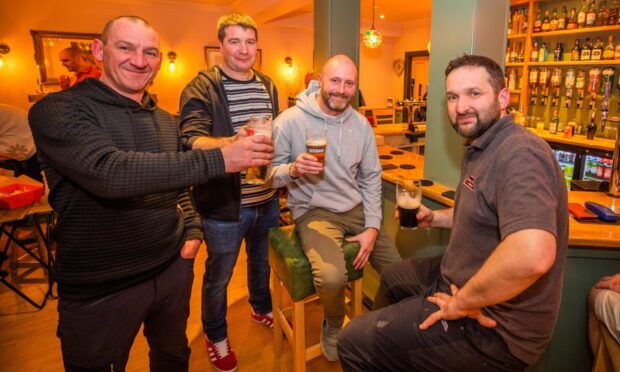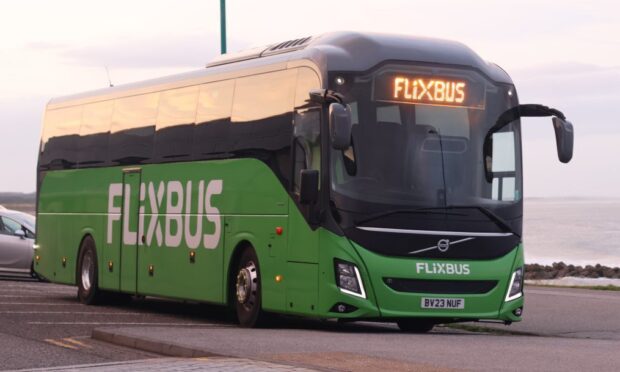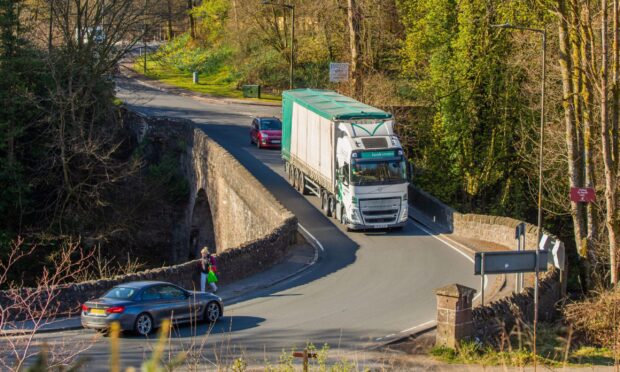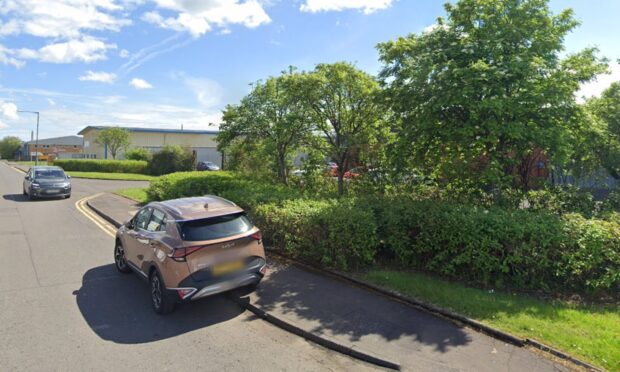Lower speed limits introduced to Dundee roads during lockdown to promote active travel have been made permanent.
Councillors agreed to keep the extensive network of 20mph zones introduced through the Spaces for People programme last year.
The project saw money awarded to local authorities throughout Scotland in a bid to promote forms of active travel such as walking and cycling.
But concerns remain about properly enforcing the low speed zones with research suggesting most drivers struggle to stick to the 20 mph limit.
These include slower speed limits, more cycle lanes and pedestrianisation.
They were introduced as a temporary measure, but Dundee City Council has opted to keep the changes.
The pedestrianisation of Union Street, in the city centre, was also made permanent.
Which streets will be affected?
Roads in the West End, Broughty Ferry, Fintry and Douglas will remain 20mph.
Public consultation will be carried before confirming the change.
Legislation will take about nine months, Dundee City Council’s city development committee heard.
As the infrastructure in already in place, road users should not notice the change from temporary to permanent.
Here are the roads affected in Broughty Ferry, highlighted in red:
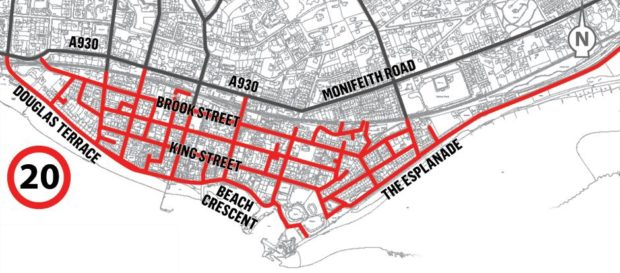
In the West End:
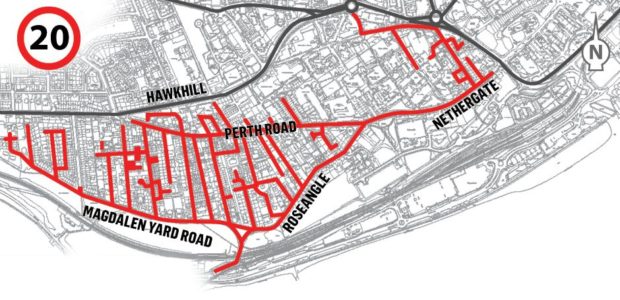
In Fintry:
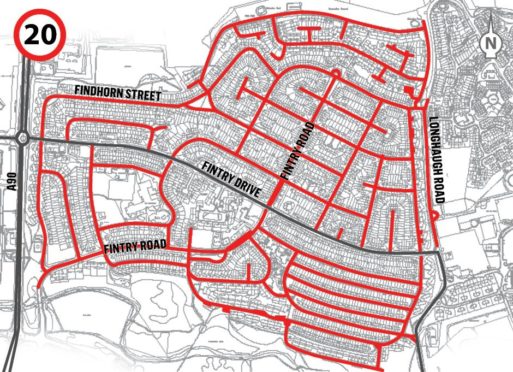
And Douglas:
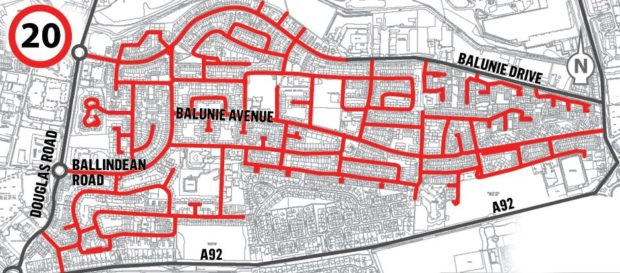
A report that went before councillors stated 63% of people across Scotland felt the Spaces for People project had improved their streets.
What is Spaces for People?
The scheme is funded by the Scottish Government and saw Sustrans award money to local authorities to improve the active travel experience in their areas.
Nearly £30 million pounds has been handed out across the country.
It was brought in to capitalise on fewer cars being on the road during lockdown.
Why has Dundee opted to keep the changes?
Councillors on the city development committee largely praised the project and said residents were in favour.
West End councillor Fraser Macpherson said: “The feedback from constituents has been very well received.”
However, he did raise issues surrounding enforcement.
“There are a number of locations, one of them being… outside Duncan and Jordanstone, where the mean speed is over 20.
“At the end of the day, if you’ve got a 20mph zone, you want absolutely everybody to stick to that 20 limit.”
Ewan MacNaughton, head of sustainable transport and roads with the council, said his team maintains “regular liaison” with Police Scotland.
However, he did note the force has resource constraints, making the monitoring speeding hotspots difficult.
Lack of enforcement in 20mph zones continues to be an issue.
Research suggests the slower speed limits are largely ineffective unless paired with speed bumps.
Government data from 2018 also shows that nearly 90% of drivers struggle to stick to 20mph.
What happens next?
The committee also heard that 20mph zones may be rolled out in other areas.
Mr MacNaughton said: “We are working to produce a programme for future 20mph sites.
“We’re going to expand further coverage for other 20mph zones in the city.”
Which specific areas are being considered was not discussed.
